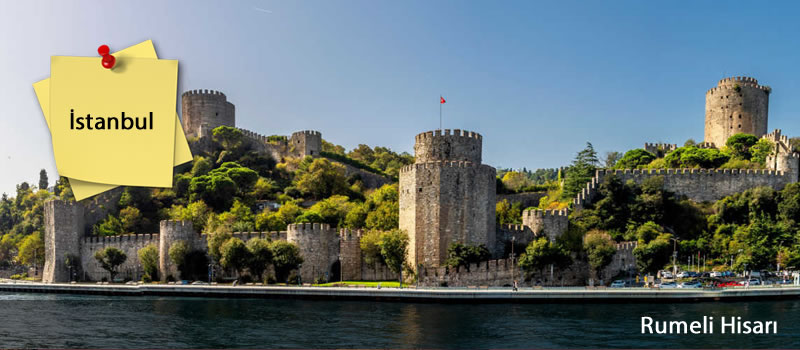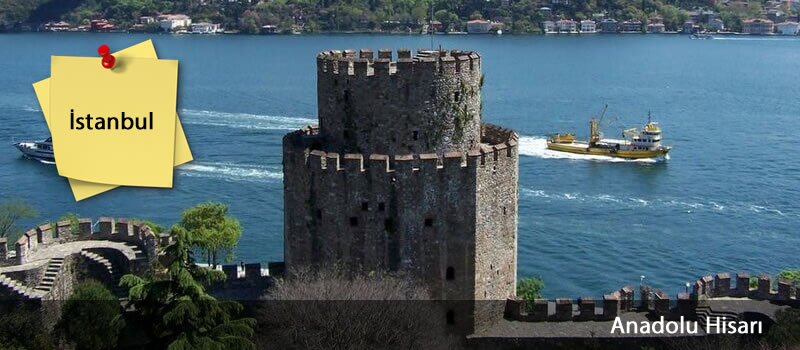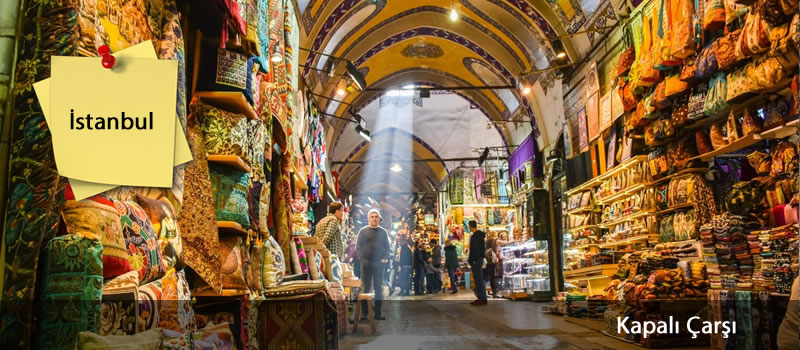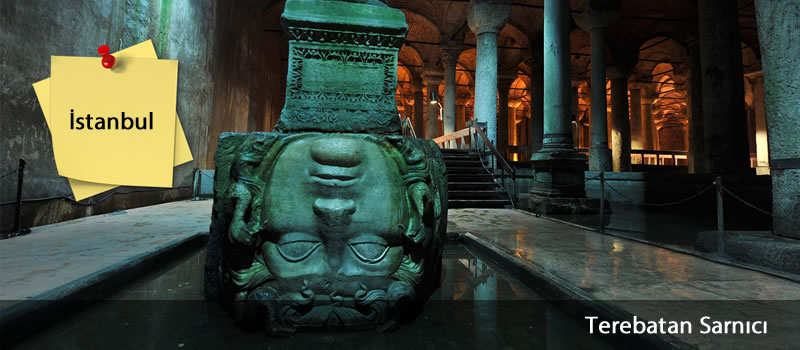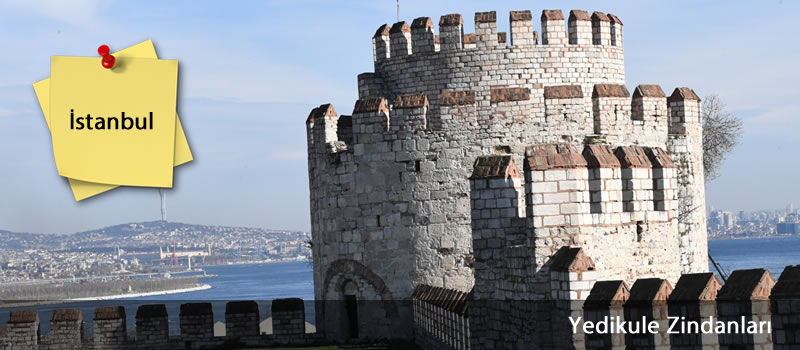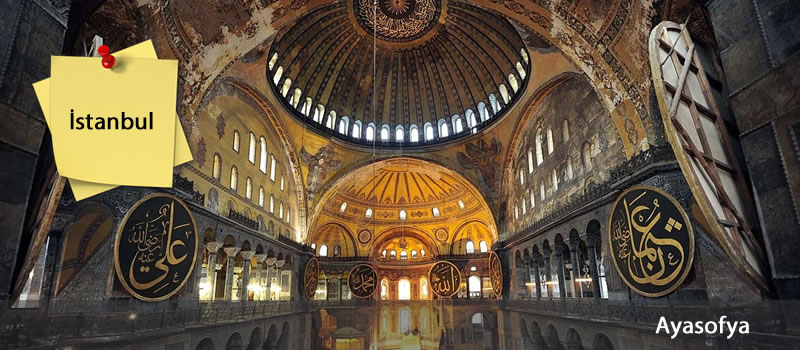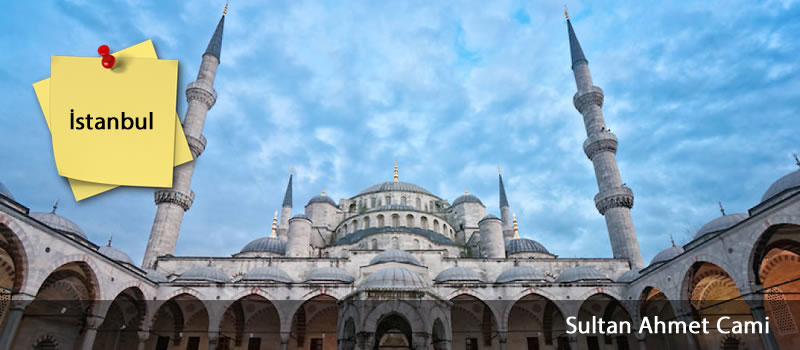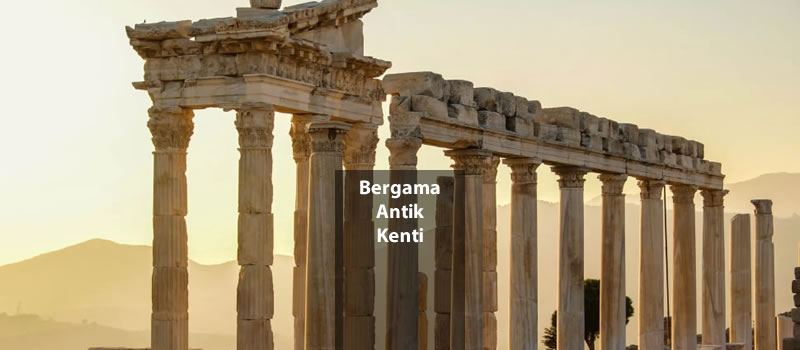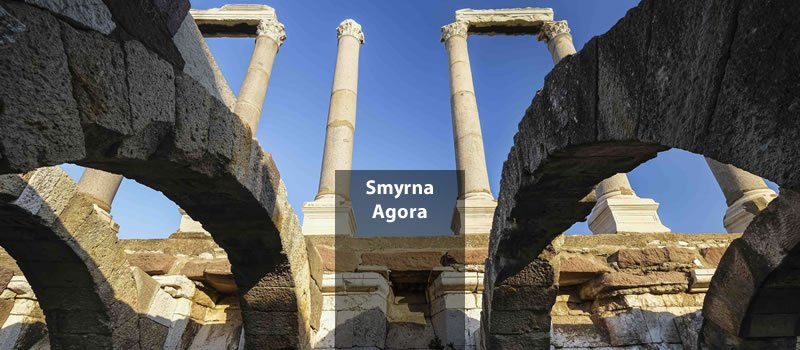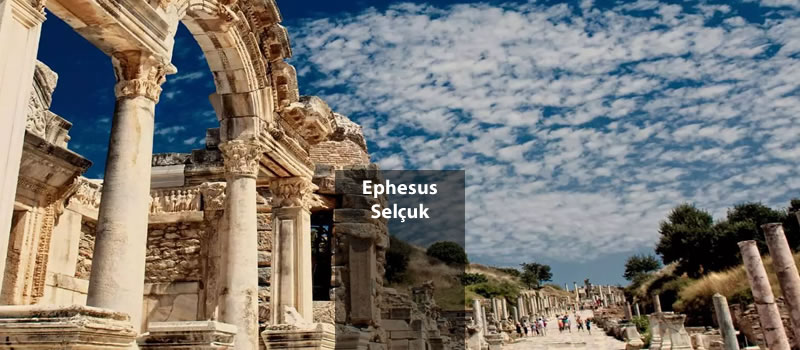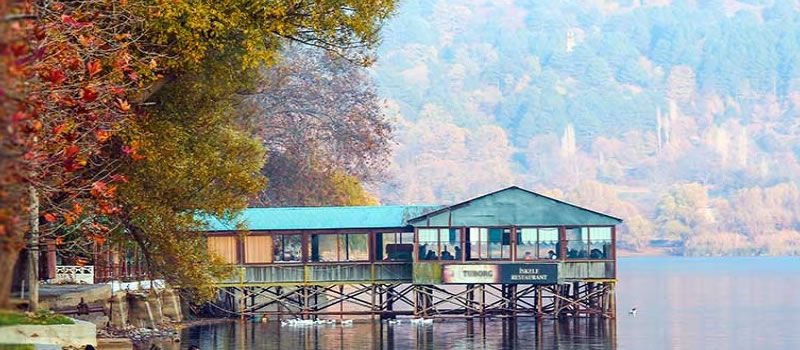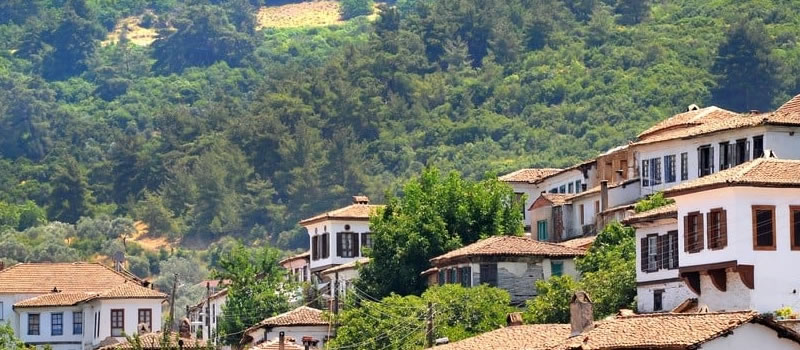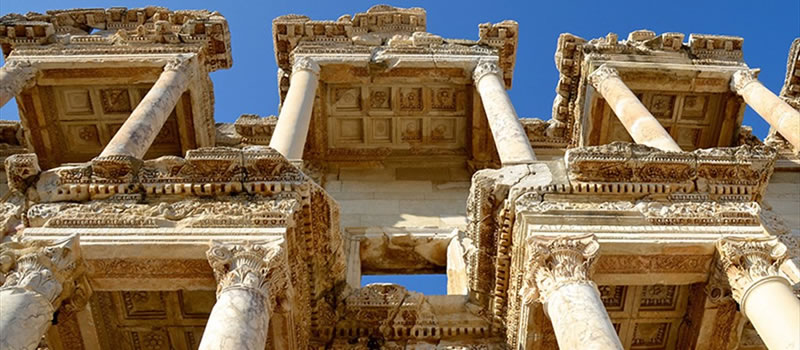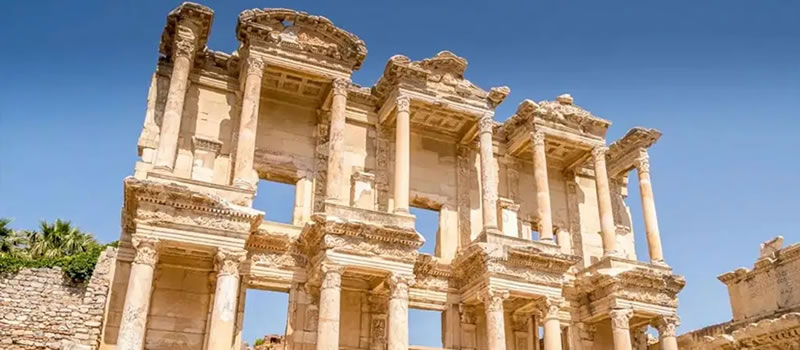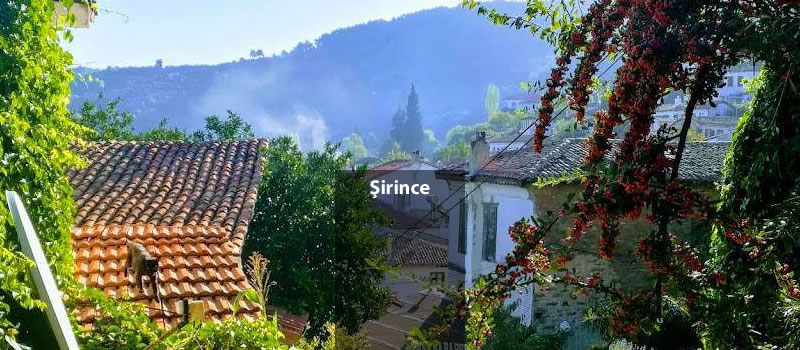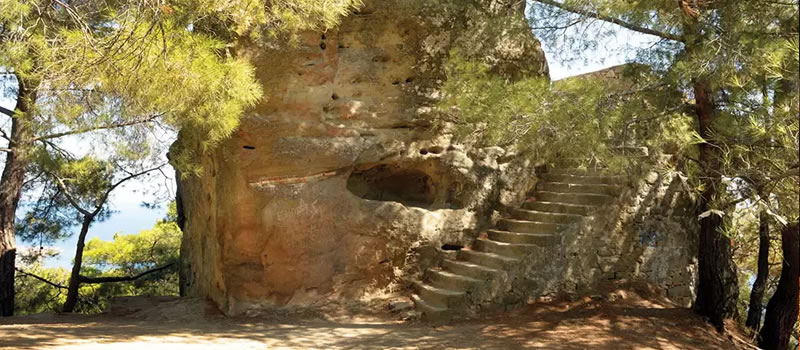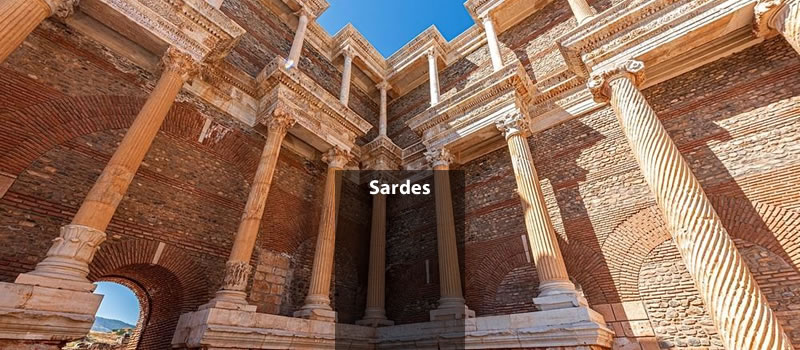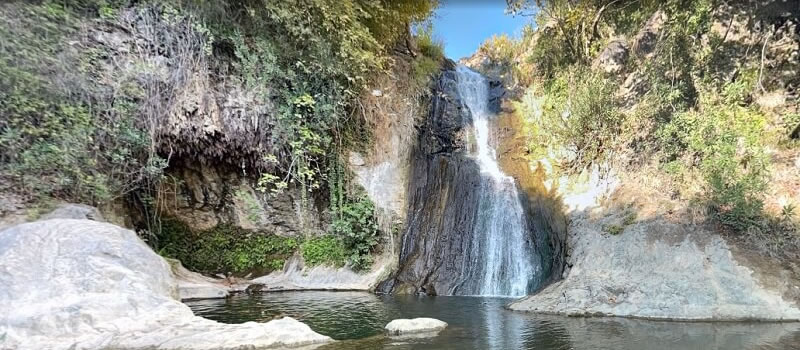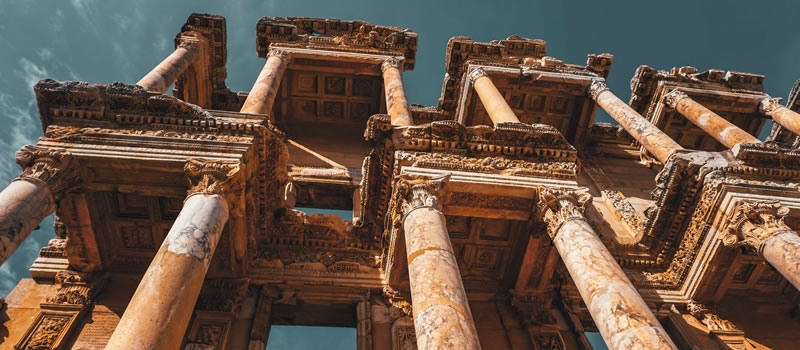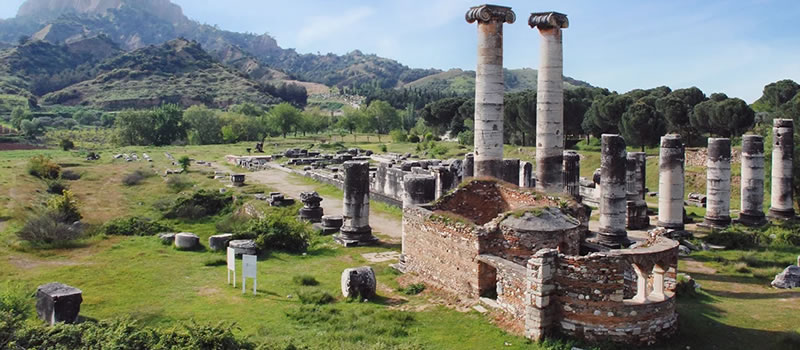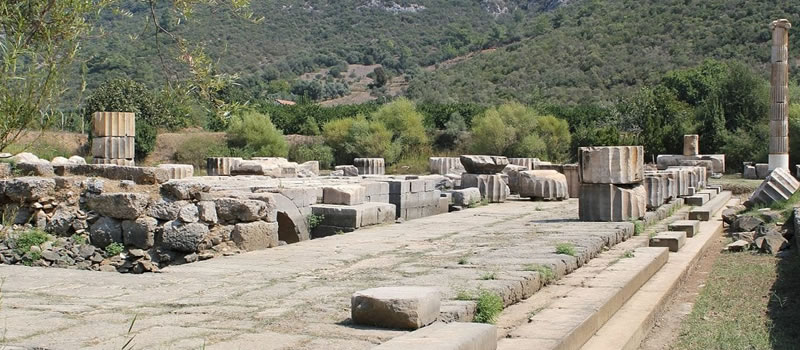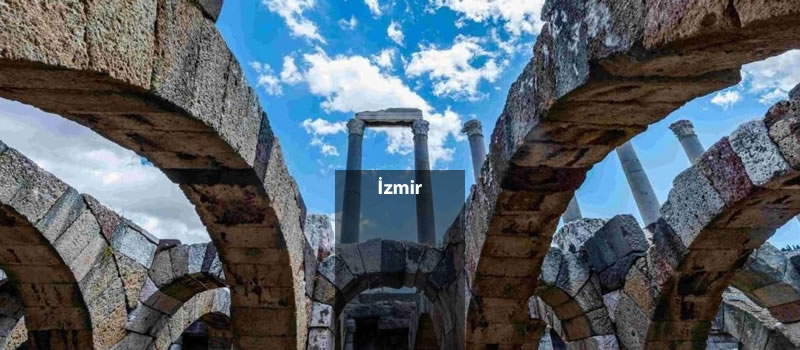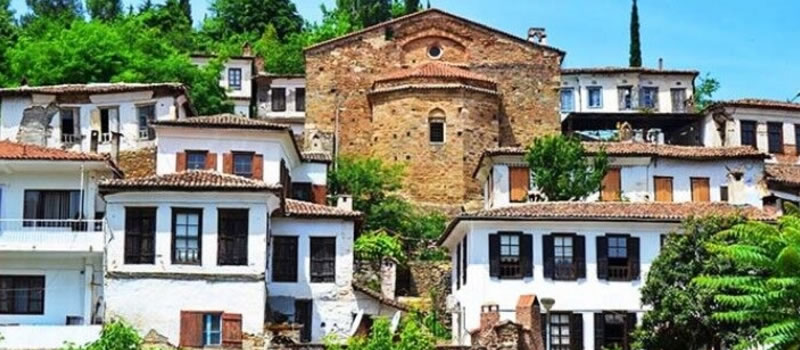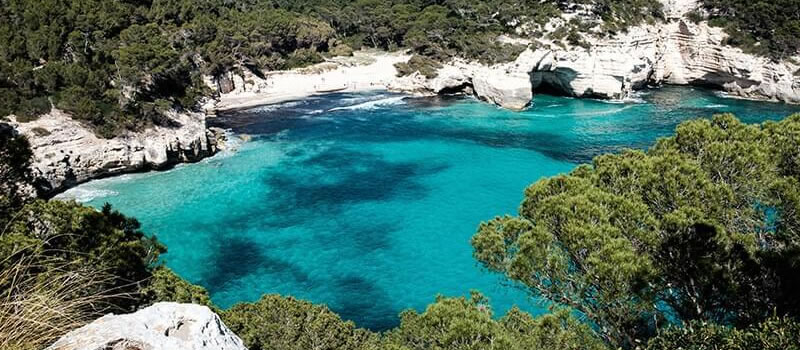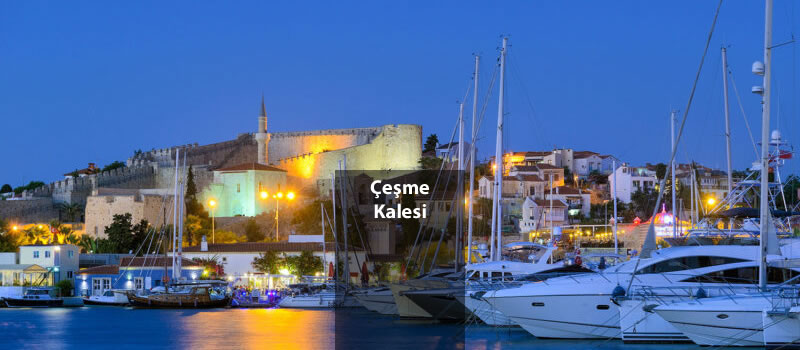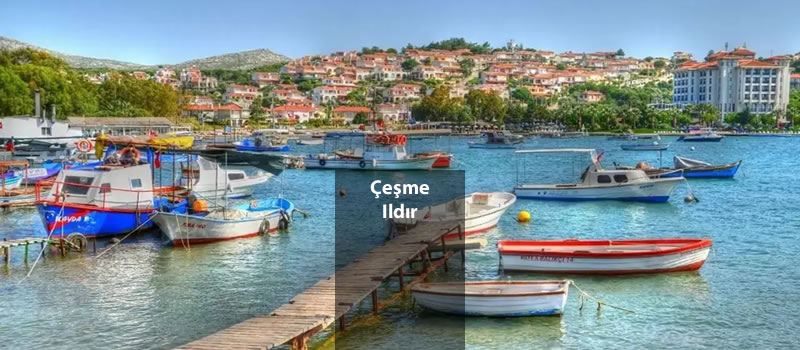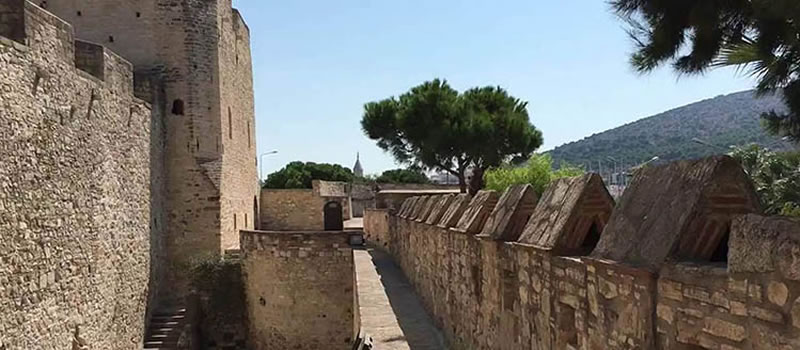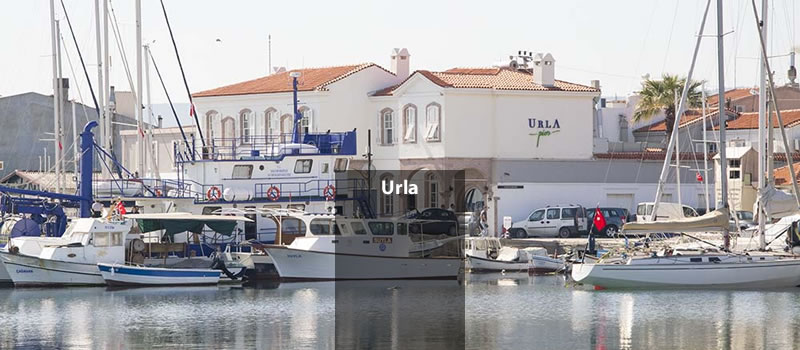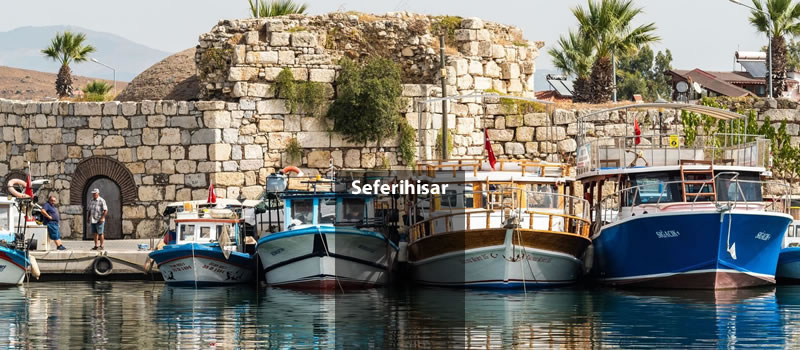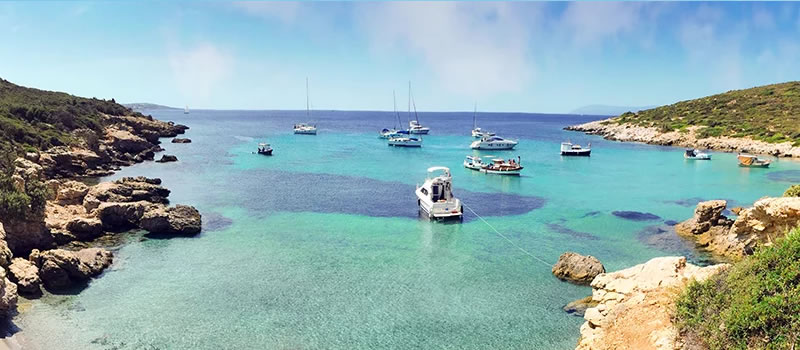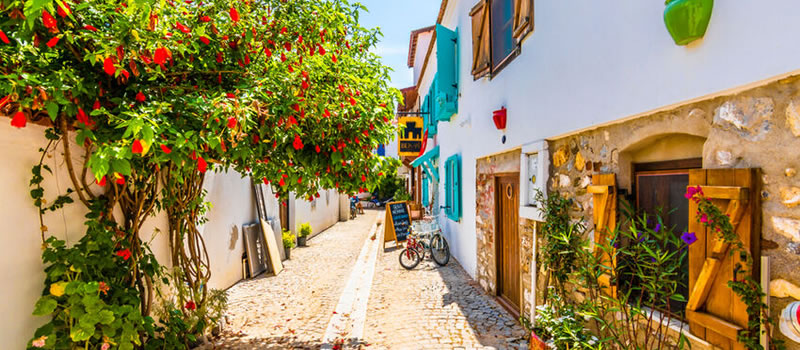Galata Tower

The tower was built in a masonry rubble stone mesh system. The exterior is stone masonry. The 16-line eulogy in the inscription at the entrance II. Due to the restoration made during the reign of Mahmut II. It's for Mahmut. The round arched window above the door was the watchtower of the soldiers. It is a nine-storey building after the high ground floor. The windows on its cylindrical body are round arched with brickwork. The development of the last two floors just below the cone roof is emphasized by the profiled moldings surrounding the cylindrical body. There is a metal ornamented mesh viewing balcony that surrounds the floor under the cone roof. On the lower floor, there are round arches on deep niches and windows with round arches made of bricks.
Today, it is observed that the part of the building up to the third floor has a Genoese character and the other floors have an Ottoman character. Today, the building is used for social and cultural activities. It is structurally sound. Galata tower was first built by the Byzantine emperor Justinianos in A.D. It was built in 507-508. The Genoese rebuilt the present tower in 1348-49. The tower was raised between 1445-46. It was damaged by the earthquake in the 1500s and was repaired by the architect Murad bin Hayreddin.
III. After the tower was repaired during the Selim period, a bay window was added to the upper floor of the tower. In 1831, the tower suffered another fire, and Mahmut II rose two more floors above the tower and the top of the tower was covered with the famous cone-shaped roof cover. Restoration was carried out again in 1960. During the zoning works in 1864, it lost its courtyard, gates, and fortifications descending to the shore, and ditches were filled. The Turkish cemetery extending from the bottom of the tower to Tepebaşı on one side and Tophane on the other side was destroyed. Western-style apartments were built in place of old wooden Turkish houses. The building was last repaired in 1967.
Today, it is observed that the part of the building up to the third floor has a Genoese character and the other floors have an Ottoman character. Today, the building is used for social and cultural activities. It is structurally sound. Galata tower was first built by the Byzantine emperor Justinianos in A.D. It was built in 507-508. The Genoese rebuilt the present tower in 1348-49. The tower was raised between 1445-46. It was damaged by the earthquake in the 1500s and was repaired by the architect Murad bin Hayreddin.
III. After the tower was repaired during the Selim period, a bay window was added to the upper floor of the tower. In 1831, the tower suffered another fire, and Mahmut II rose two more floors above the tower and the top of the tower was covered with the famous cone-shaped roof cover. Restoration was carried out again in 1960. During the zoning works in 1864, it lost its courtyard, gates, and fortifications descending to the shore, and ditches were filled. The Turkish cemetery extending from the bottom of the tower to Tepebaşı on one side and Tophane on the other side was destroyed. Western-style apartments were built in place of old wooden Turkish houses. The building was last repaired in 1967.




